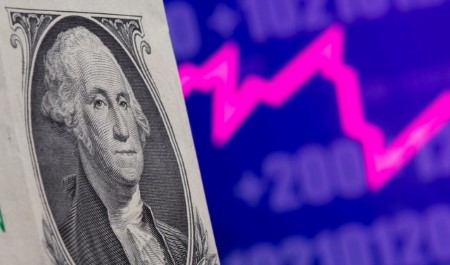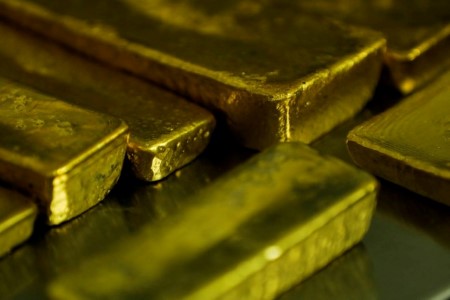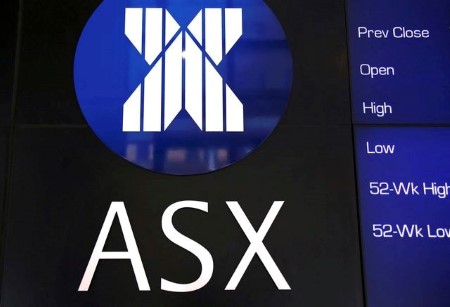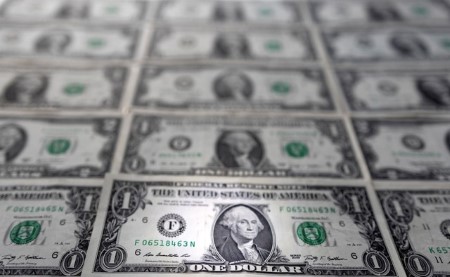Gold rose on Wednesday, rebounding from an over one-week low hit in the previous session, on a weaker dollar, but trimmed earlier gains after data showed stalled inflation progress, hinting that the US Federal Reserve might be cautious on further rate cuts.
Spot gold was up 0.3% at USD 2,638.90 per ounce, as of 01:41 p.m. ET (1841 GMT). US gold futures GCv1 settled 0.7% higher at USD 2,639.90.
US markets to be closed on Thursday in observance of the Thanksgiving holiday.
US consumer spending increased solidly in October, but progress lowering inflation appears to have stalled in the past months.
“We think that the small correction that we just saw in the metals in reaction to data was mostly driven by personal income going up,” Phillip Streible, chief market strategist at Blue Line Futures, said.
“If the consumer is stronger, even in the face of higher inflation, it shows the resiliency behind it, and that the Federal Reserve may be more reluctant to aggressively keep cutting rates.”
The dollar index slipped 0.8%, hitting a two-week low, boosting gold’s appeal for holders of other currencies. USD/
Gold could reach USD 3,000 into the first two quarters of 2025, barring a sharp inflation spike that forces the Fed to raise rates, which could hurt the bull market, Streible said.
Markets now see a 70% chance of a quarter-point rate cut in December. The non-yielding bullion tends to shine in a lower-interest-rate environment.
Before the release of the PCE figures, bullion climbed up to 1%. The rebound followed a dramatic USD 100 plunge on Monday, marking gold’s sharpest one-day drop in over five months, as safe-haven demand waned following the announcement of a long-negotiated ceasefire between Israel and Lebanon’s Iran-backed Hezbollah.
Prices fell to their lowest level since Nov. 18 in the previous session.
“Taking a step back from today’s price movements, greater volatility could be in store for gold prices in the near term ahead of Donald Trump‘s inauguration and as the situation in the Middle East develops,” said Hamad Hussain, assistant climate and commodities economist at Capital Economics.
Spot silver rose 1.1% to USD 30.09 per ounce, platinum added 0.1% to USD 928.17, palladium fell 0.4% to USD 973.76.
(Reporting by Sherin Elizabeth Varghese and Anushree Mukherjee in Bengaluru; Editing by Alexandra Hudson, Shilpi Majumdar and Mohammed Safi Shamsi)







 DOWNLOAD
DOWNLOAD













